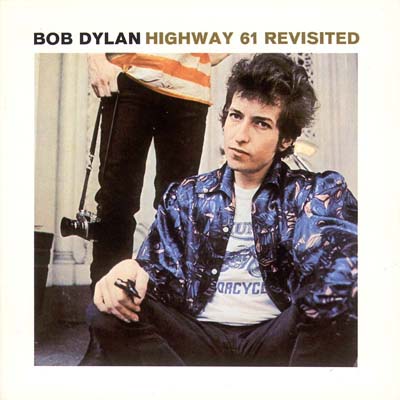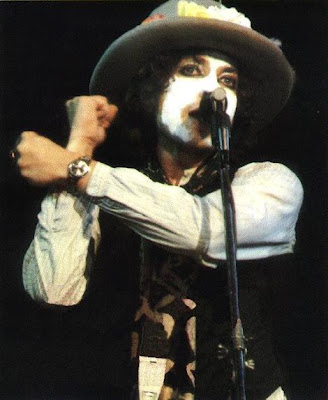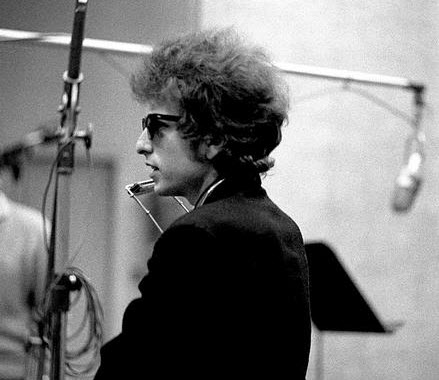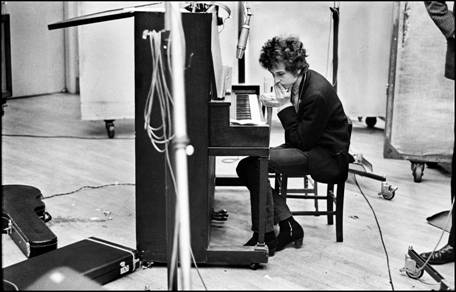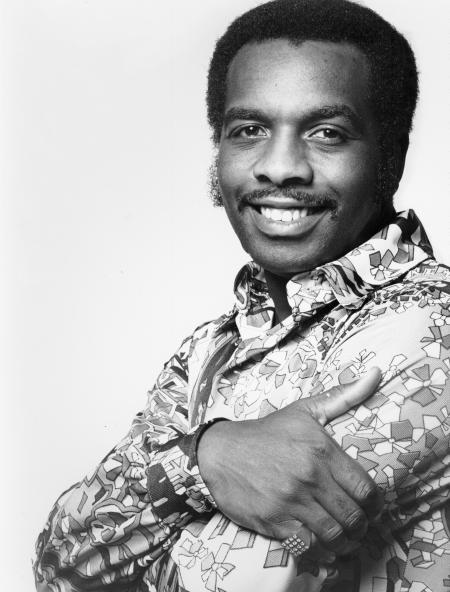Now the moon is almost hidden
The stars are beginning to hide
The fortune-telling lady
Has even taken all her things inside
All except for Cain and Abel
And the hunchback of Notre Dame
Everybody is making love
Or else expecting rain
Location: Studio E, Columbia Recording Studios – NYC
What: The 6th and last Highway 61 Revisited session, produced by Bob Johnston
Master versions recorded: Desolation Row
The released version on H61R is actually a splice between take 6 & 7.
Desolation Row is number 9 on my list of Dylan’s 200 best songs.
From Wikipedia:
“Desolation Row” is a 1965 song written and sung by Bob Dylan. It was recorded on August 4, 1965 and released as the closing track of Dylan’s sixth studio album, Highway 61 Revisited. It has been noted for its length (11:21) and surreal lyrics in which Dylan weaves characters from history, fiction, the Bible and his own invention into a series of vignettes that suggest entropy and urban chaos.
The Highway 61 Revisited version was recorded on August 4, 1965, in Columbia’s Studio A in New York City. Nashville-based guitarist Charlie McCoy, who happened to be in New York, was invited by producer Bob Johnston to contribute an improvised acoustic guitar part and Russ Savakus played bass guitar. Polizzotti credits much of the success of the song to McCoy’s contribution: “While Dylan’s panoramic lyrics and hypnotic melody sketch out the vast canvas, it is McCoy’s fills that give it their shading.”
—
I happen to agree with -> Mark Polizzotti is the author of “Bob Dylan’s Highway 61 Revisited (33 1/3)“.
Please check out Video’s of the day from last night:
–> Desolation Row – The Marionette Performance part 1 & 2
Studio version from youtube:
Album of the day.. again:
Other August-04:
Continue reading Today: Bob Dylan recorded master version of “Desolation Row” in 1965 – 47 years ago


